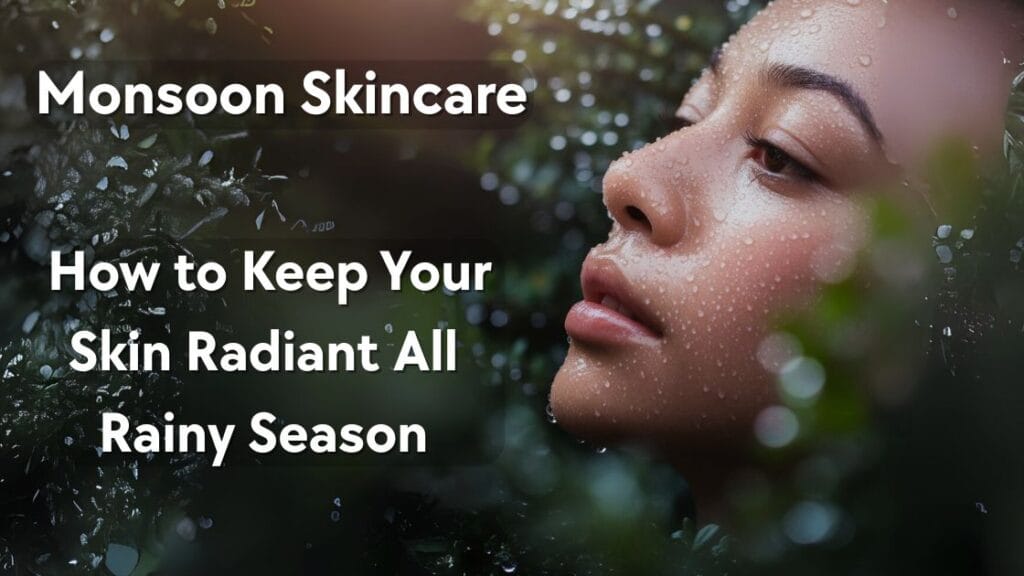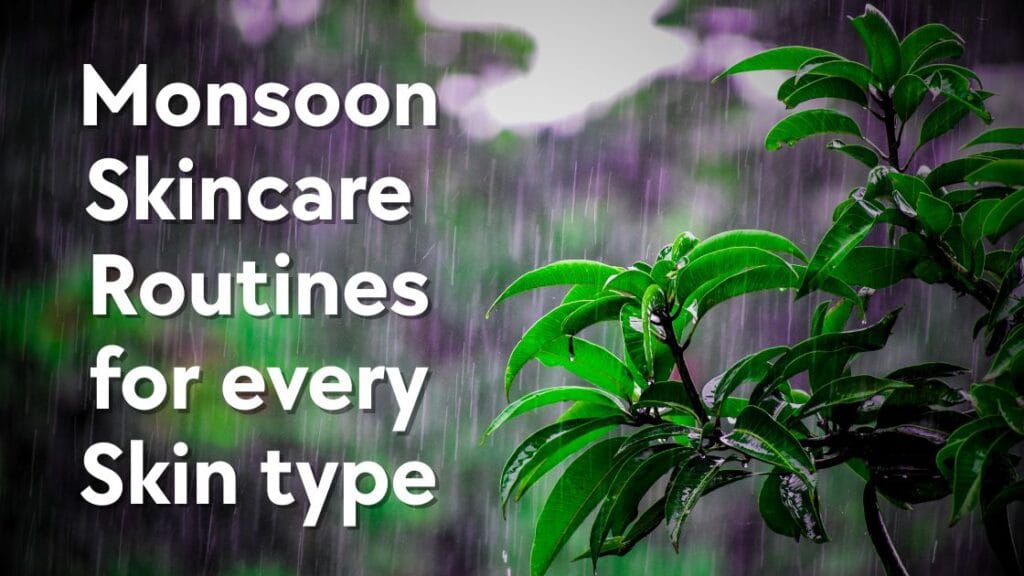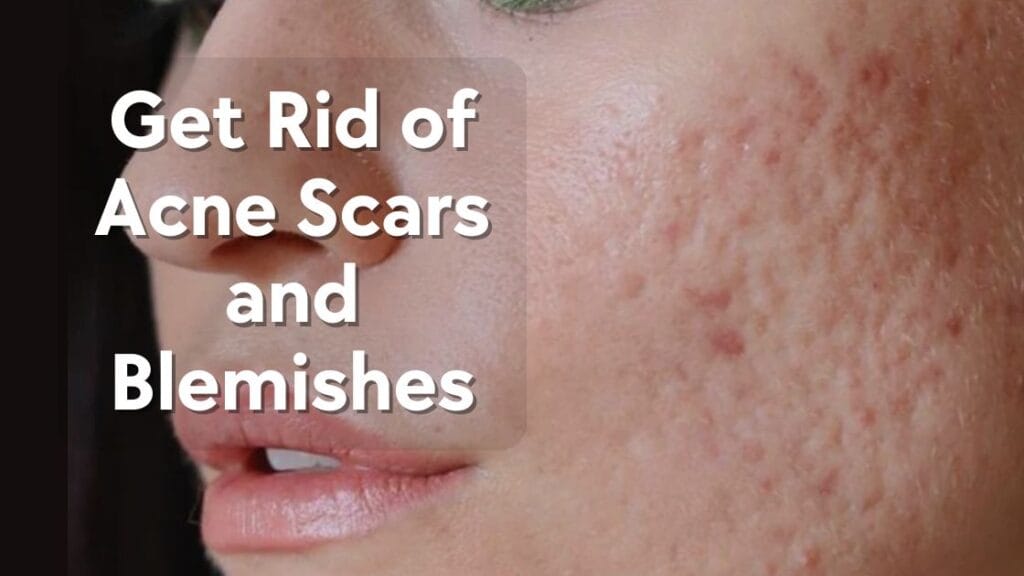Introduction
You know that earthy, damp smell when the first raindrops hit the pavement? That’s monsoon calling. It’s cozy, nostalgic, and maybe even a little poetic. But let’s be honest while the season brings chai cravings and misty mornings, it also drags in a whole mess of skin issues.
Humidity shoots up, your face feels oily before noon, and those sudden breakouts? They seem to have their own monsoon schedule. I used to think I could just use my summer products and call it a day. Spoiler my skin had other plans. Red patches, clogged pores, and a surprise fungal infection or two taught me better.
Monsoon skincare isn’t about doing more it’s about doing it right. In this post, we’re diving into the simple tweaks and smart habits that’ll keep your skin clear, calm, and glowing all season. No fluff. Just real tips from real experience.
I’ve lived through plenty of monsoons in Ghaziabad. My skin used to go haywire, especially around my T zone. One afternoon, I skipped moisturiser (thought it was too humid) ended up with a rash on my cheeks that took days to calm down. After chatting with some dermatologists and trying out so many routines, I finally nailed a monsoon skincare rhythm that works—and I’m sharing it here, in my chatty, slightly messy way.
Why Monsoon Skincare Demands Special Care
- High humidity triggers oil production, leading to blocked pores and breakouts, even if your skin is usually on the drier side. W.H.O. confirms that skin can feel greasy and prone to fungal rashes during this season.
- Rainwater may carry pollutants and bacteria, which your skin won’t appreciate. An immediate shower after soaking and gentle cleansing is key.
- UV rays slip through clouds, so UV protection is still needed even on grey monsoon days.
- Skin hydration is surprisingly essential: humidity doesn’t always translate to hydration. Internal and topical hydration both matter.
The Monsoon Skincare Routine That Finally Worked for Me
Here’s a flow that saved my skin from becoming a full time breakout zone:
1. Cleanse Gently Twice a Day
Morning and evening, use a soap-free, pH-balanced, gentle cleanser. Look for salicylic acid or tea tree oil if you’re oily prone (they help control sebum and fight acne).
My Lesson:
I once used a foam heavy cleanser to “feel clean”. My skin just overcompensated by producing more oil and ended up with, yep, more breakouts. Gentle wins. twice.
2. Tone with Care
Always follow cleansing with an alcohol free toner, rose water, witch hazel, or an aloe‑based product. It restores pH and tightens pores without drying you out.
I keep a chilled rose‑water spritz in the fridge. Midday sweat and oil? A quick spritz feels refreshing and calming.
3. Exfoliate 1–2 Times a Week
Don’t go crazy, monsoon skin is sensitive. Use mild scrubs with seeds, rice powder, oatmeal, or fruit enzymes. Helps unclog pores and brighten dull skin without irritation. I mix rice flour, a touch of honey, and curd as a gentle scrub. It feels grounding and effective.
4. Hydrate Smartly
Humidity’s deceptive; your skin might still be thirsty.
- Use lightweight, water-based gel moisturisers with hyaluronic acid, glycerin, and vitamin C.
- Even oily skin needs this. It balances oil production and helps prevent dehydration breakouts.
My go-to. A lightweight aloe hyaluronic gel. It sinks in fast and doesn’t feel sticky at all.
5. Sunscreen Every. Single. Day.
Yes, even when it’s cloudy or monsoon grey. UV rays sneak in through clouds. That leads to pigmentation and ageing over time . Make sure it’s broad spectrum SPF 30+ and ideally water resistant. Reapply if you’re out in the rain or humidity.
6. Control Oil & Shine
Oil absorbing blotting papers are your secret pocket friend. They don’t mess up your makeup, and they keep shine at bay through days of humidity . I never leave home without blotting sheets during the monsoon. Just a quick dab and instant freshness.
7. Antifungal & Hygiene Habits
Skin in folds between toes, under breasts, and in the groin gets vulnerable in humidity. Use antifungal powders or soaps. Wear breathable cotton clothes. Don’t stay in wet clothes after rain.
8. Weekly Masks (DIY or Natural)
DIY masks are budget friendly and effective. From the Times of India:
- Potato + papaya for dull/pigmented skin.
- Multani mitti + aloe for oily, clogged skin.
- Orange peel + rosewater for irritated skin.
- Turmeric + milk for acne fighting.
- Rice water + cucumber pack for heat rash & irritation.
My fav: turmeric + milk mask. Tackles pimples and calms redness. I leave it on for 10–15 minutes and always rinse in lukewarm water.
9. Hydrate From Inside & Eat Smart
Drink 8 glasses of water/day, even if you don’t feel thirsty. Include hydrating foods like cucumber, watermelon, and coconut water. I take a small Amla‑turmeric juice every morning (recipes all over). It’s refreshing, vitamin‑C rich, and helps keep my skin clearer during monsoon.
10. Minimal & Waterproof Makeup
Heavy foundation? Skip it. Use water-based tint / BB cream, waterproof mascara, powder compacts, or tinted balm instead. Helps skin breathe and avoids clogged pores. I swapped my full coverage for a tinted moisturiser and setting powder. It feels light, lasts longer, and my skin actually breathes.
FAQ: People Also Ask
1. How often should I exfoliate during monsoon?
Once or twice a week is safe, using gentle scrubs (rice powder, oatmeal, fruit enzymes) to remove dead skin without irritation.
2. Should I skip moisturiser because it’s humid?
Nope. Even glazed skin needs hydration. Go for lightweight gel moisturisers with hydrating ingredients like hyaluronic acid, glycerin. Too light not to moisturise is the weather game here.
3. Is sunscreen needed even if the skies are cloudy?
Yes. UV rays penetrate clouds. Use SPF 30+ broad spectrum sunscreen and reapply regularly.
4. What ingredients help oily skin during monsoon?
Salicylic acid, tea tree oil, clay, and aloe vera help control oil, acne, and keep pores clean .
5. Can monsoon cause fungal infections on the skin?
Absolutely. Damp, humid conditions encourage fungal infections, especially in folds. Use antifungal powders/creams and keep areas dry .
6. Are DIY masks useful during monsoon?
Yes, they’re safe, natural, and help with oil control, glowing skin, and pimples. Try potato papaya, turmeric milk, and Multani mitti for the best results.
7. How to fix puffy eyes or heat rash during monsoon?
Cool compresses, cucumber slices, or rice cucumber packs help soothe irritation and reduce puffiness.
8. How often should I wash clothes or towels in the monsoon?
Every 2–3 days, ideally. Damp towels and pillowcases can harbour bacteria/fungi. Change them frequently to prevent breakouts.
9. Is diet important for monsoon skin health?
Yes, eating antioxidant rich foods (fruits, vegetables, nuts), along with hydration, helps the skin fight inflammation and maintain a healty glow.
10. What if I break out despite the routine?
Consult a dermatologist. Treatments like ketoconazole creams, medifacials, micro peels, or laser treatments can help alleviate persistent rashes or pigmentation.
| Step | What To Use |
| Morning & Evening | Gentle cleanser + alcohol free toner. |
| 1–2× week | Prevents fungal infections, rashes, and discomfort. |
| Daily | Water based moisturiser + SPF. |
| All day | Blotting papers. |
| Weekly | Light BB or tinted gel, waterproof, etc. |
| All day | Flushes toxins, keeps skin glowing, and provides immune support. |
| Post rain | Dry skin, antifungal powder in folds. |
| Minimal makeup | Light BB or tinted gel, waterproof etc. |
Personal Anecdote: When I Stuck to the Routine… Almost
One time, I was rushing before getting drenched in a sudden downpour. Skipped toner and moisturiser, washed face just once at night. The next day, I had three small pimples on my jawline.
Lesson: Monsoon punishes inconsistency. Dryness (a lack of moisture) ironically triggered an oil rebound, mixed with a pollution boom.
Ever since, even if I oversleep, I at least splash water, apply toner and SPF before heading out. Consistency saved me.
Pro Tips from Experts
- Dr Taruna Yadav (Forest Essentials) recommends natural soothing ingredients like aloe vera, neem, and turmeric to balance the oil and hydrate skin without irritation.
- Dr Karishma Kagodu advises using pH-balanced cleansing products, hydrating moisturisers, and sun protection strongly, especially in humid weather.
- Nourish Mantra’s Ritika Jayaswal highlights the use of salicylic acid and hyaluronic acid actives for calming acne-prone and dehydrated monsoon skin.
Quick Tips Checklist
- Cleanser (gentle, soap free) morning & night.
- Alcohol free toner after each cleanse.
- Gel based moisturiser with hydrating actives.
- SPF 30+ broad spectrum sunscreen.
- Exfoliate 1–2× a week gently.
- DIY mask weekly.
- Blotting papers in hand always.
- Change towels/pillowcases frequently.
- Antifungal powder for folds and feet.
- Drink water, eat antioxidant rich fruits.
- Minimal, waterproof makeup only.
FAQ Recap
- How often should you exfoliate? 1–2 times a week with mild scrubbing.
- Skip moisturiser because of humidity? No, your skin still needs hydration.
- Need sunscreen in clouds? Always UV penetrates cloud cover.
- Best for oily skin in the rain? Salicylic acid, tea tree oil, and oil free gel moisturisers.
- Fungal infection risk? Real antifungal powders and dryness help.
- DIY masks safe? Yes, recipes like turmeric milk or papaya potato work wonders.
- Heat rashes or puffy eyes? Rice cucumber packs calm them down.
- Towel hygiene? Change regularly to prevent bacterial buildup.
- Diet matter? Yes, hydration and antioxidant foods support skin.
- What if breakouts persist? See a dermatologist, medifacials or creams may help.
Conclusion + TL;DR
TL;DR Summary Box
Monsoon skincare essentials: gentle double cleanse, alcohol free toner, light hydration, broad spectrum SPF, moderate exfoliation, DIY masks, commuting with minimal makeup, glucosamine hydration from foods/drinks, and hygiene to minimise fungal risk. A consistent routine = radiant, balanced skin, even in the wettest season.
Parting Thoughts
The monsoon can feel unpredictable. Your skin may be oily one day, dull or rashy the next. However, with gentle care, the right ingredients, and consistent love, you can keep your skin lively and healthy without drama. I’m talking from experience, and let’s face it, monsoon skincare is part art, part science, and a lot of trial & error.
Keep it simple, stay consistent, hydrate inside & out, and never skip sunscreen even under grey skies. Let your skin breathe, and it’ll glow back.
Enjoy the rains, wear breathable cotton, and treat your skin like it’s your best friend (because it is).





